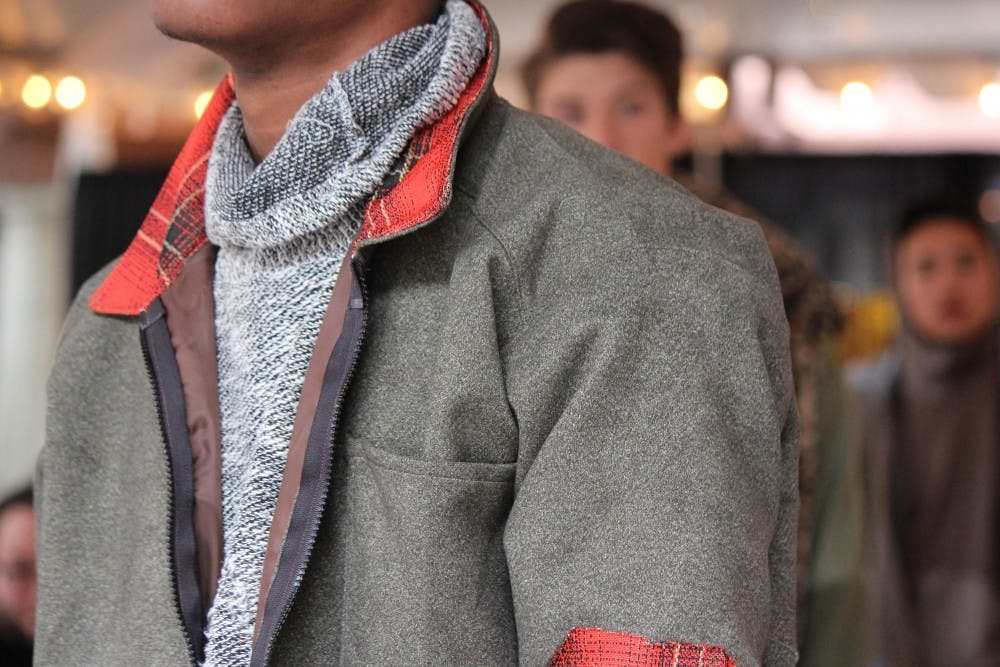Fashion was my first love. The fabric, the buttons, the ribbons, the clack of heels on tile — they all came together to create something magical.
However, as I got older, the magical quality started to wear off. I still love the clothes and design, but being the practical and frugal person that I am, I can't justify the the high-end prices.
As students and emerging consumers, there is pressure to give in to high-fashion trends, but we need to be conscious of what we buy.
The main costs of making garments are the materials, labor and freight costs — however, for high fashion, these costs increase dramatically. The materials are often of a higher quality and it takes more time to produce each piece because they are not mass-produced.
High fashion companies are also including the costs of their extravagant marketing campaigns, their “superior” designs and the branding itself into the costs of their clothing.
Though high fashion companies and retailers have many costs, the markups still do not add up to a reasonable explanation why a cotton dress with a basic design should cost $895.
According to an article in the Guardian, “Clothes sold by designer labels are made in the same factories as those on the high street. The often 100 percent increase in price is totally unjustifiable for what is offered, with the extra money going to profit or to fund bloated advertising campaigns.”
The working conditions for the production of these products are indicative of this.
According to a Clean Clothes Campaign Report, many high-end brands including Versace, Dolce & Gabbana and Prada are made in the “euro-Mediterranean textile cluster,” which are post-socialist European countries.
Garment production has moved to these countries because of the deregulation of textile markets, low labor costs and proximity to western European markets, the report said.
With their production in Europe, these brands can stray away from the “Made in Asia” label and the lower quality connotation it holds. However, this does not inherently mean that their quality and standards are above those made in Asia.
These “high-fashion” items are made in the same factories, under the same conditions and by the same hands who sew high-street clothing for stores such as Zara and H&M.
Though designers like their consumers to believe their products are being ethically made in a lofty studio overlooking the Eiffel Tower by happy seamstresses, this is not the case for some high-end fashion companies.
According to the report, “the gap between the minimum wage and the estimated minimum living wage is even larger in Europe’s cheap labor countries than in Asia.”
This means the legal minimum wage and the estimated minimum wage to live a decent life is larger in the “Euro-Mediterranean textile cluster," where these fashion items are being made.
There is nothing high-end about paying workers poverty wages.
However, not all designer’s production is this way. For many high fashion brands, “there is a lot more attention to detail to the work that goes into those garments, and they don’t take any shortcuts.” Lauren Carr-Gasso, Logistics director for the Business of Fashion club at ASU said.
“(Designers) are more concerned with the process of making the good rather than just focusing on getting the final product sold,” Carr-Gasso said.
According to Carr-Gasso, thrift shopping is becoming increasingly popular among students, though,“the hype surrounding high fashion definitely influences students spending.”
Although some students believe that high fashion is the only way to be "stylish," the ethical and economical implications of these business models should make these individuals reconsider.
“Do I desire everything in my closet to be a luxury fashion item? Probably not because I think there is more to fashion and style than the labels you plaster yourself with,” Carr-Gasso said.
We, as consumers, should not be fooled by branding or ignorant to the products we buy — whether high-fashion or not. There are economic and ethical implications to the purchases we make.
Reach the reporter at hehillst@asu.edu or follow @hollyhillsten on Twitter.
Editor’s note: The opinions presented in this column are the author’s and do not imply any endorsement from The State Press or its editors.
Want to join the conversation? Send an email to opiniondesk.statepress@gmail.com. Keep letters under 500 words and be sure to include your university affiliation. Anonymity will not be granted.
Like The State Press on Facebook and follow @statepress on Twitter.




